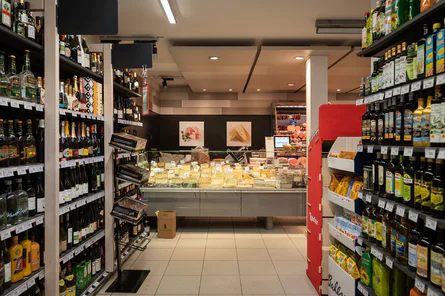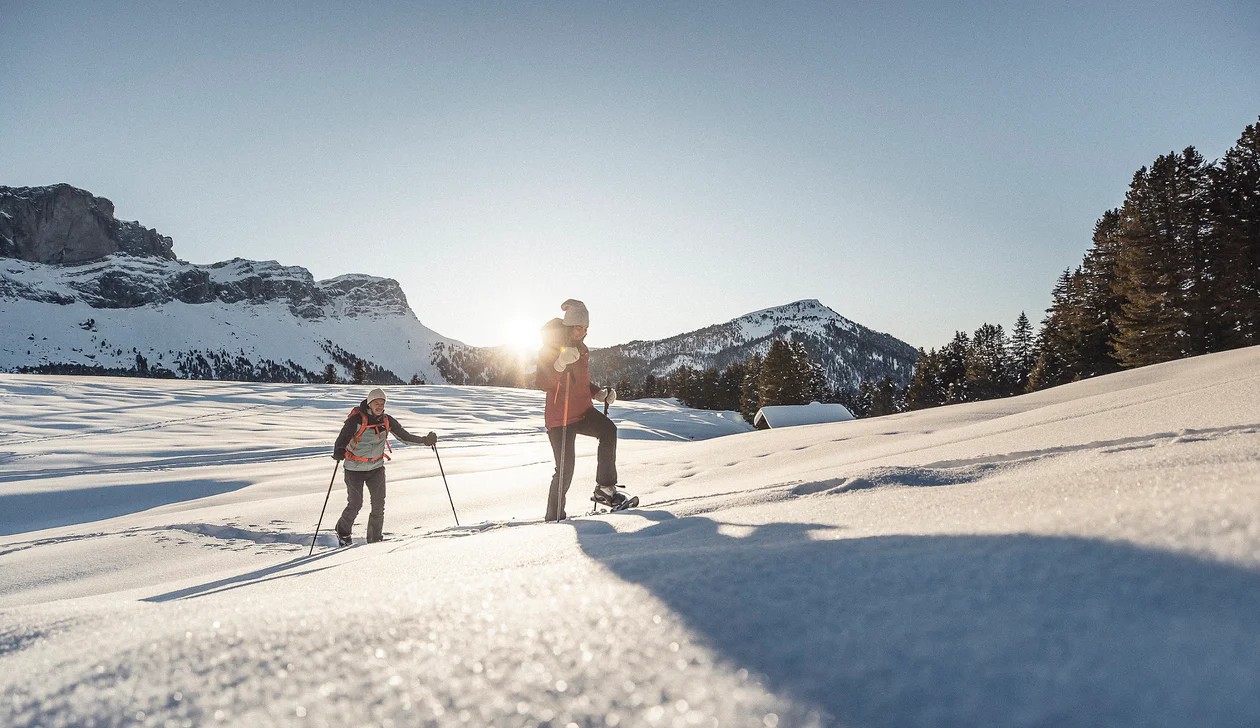A nature play in white marble!
The Gilfenklamm is a gorge in pure white marble and stretches from the village Stange/Stanghe into the Ratschingstal/Val Racines to the hamlet of Jaufensteg/Ponte Giovo. Wooden bridges and runways lead through the canyon and give a spectacular sight to the waterfalls. The primordial power of the water is tangible with all senses. The gorge is protected as a natural monument and is known as one of the most beautiful natural attractions in the Alpine region.
The runways through the gorge were built in 1896 and just after a few years the unfolded magic attracted numerous visitors. Beetween the great world wars the bridges were left to decay, but were restored in the early 1960s, and have since become a must see of the Sterzing-Ratschings area. The hike through the gorge lasts nearly one hour (1,5 hours with return) and is worthwhile for nature lovers, families and seniors.
The Gilfenklamm gorge is situated in the Eisacktal/Alta Val d’Isarco valley, close to Ratschings/Racines and the city of Sterzing/Vipiteno. On an established trail you can walk across this charming and breathtaking canyon with its waterfalls cascading into the depth. About 100 years ago the gorge was named after the Austrian emperor Franz Josef, but its name changed so that it is now known as the “Cascate di Stanghe” gorge. During its course, the initially small Rio di Ratschings river turns into a roaring river which has been carving its way through the marble walls for centuries. Experience the forces of nature and the uniqueness of this fabulous natural monument.
No reservation is necessary. However, it is recommended to avoid the main visiting hours (between 10.00 am and 12.30pm).



































































